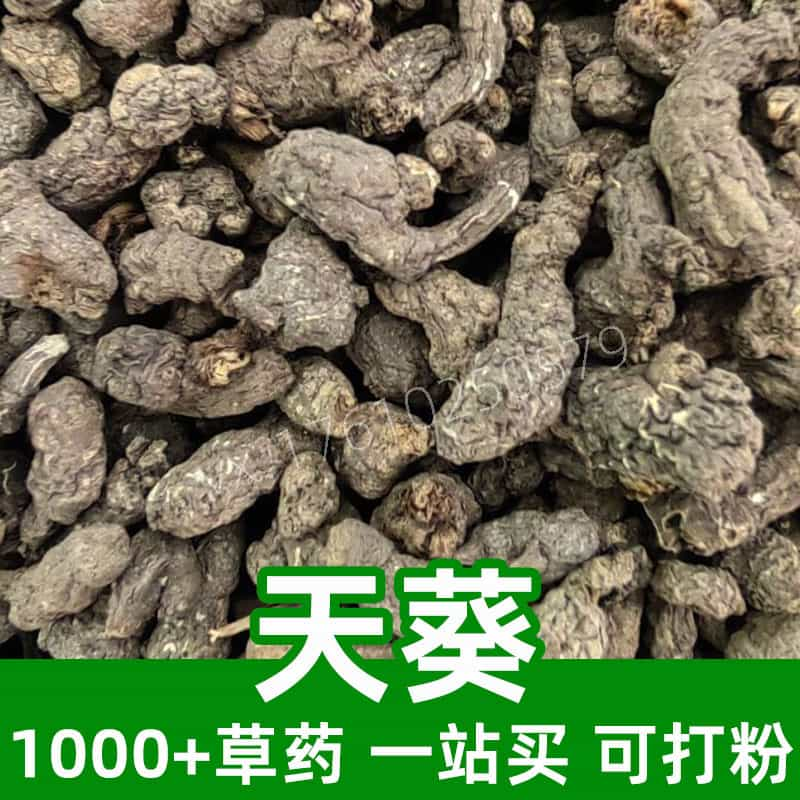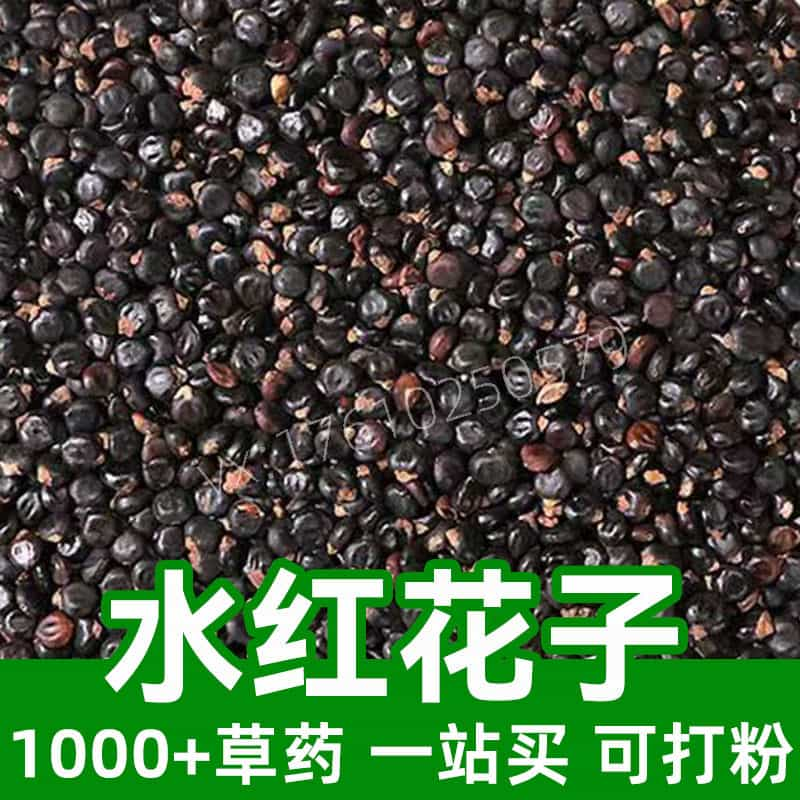Product Introduction
Cottonseed hulls are the outer coverings of the cotton seed, a byproduct linked to the cotton industry. This fibrous material, often overlooked, has gained traction for its versatile applications in both traditional Chinese medicine and contemporary food industries. Cottonseed hulls are primarily composed of cellulose and lignin, which contribute to their structural integrity and usefulness.
Historically rooted in farming practices, cottonseed hulls have been employed for their absorptive capabilities. They can contribute to the texture and nutritional profile of feeds and other products. Additionally, in traditional Chinese herbal medicine, cottonseed hulls are utilized for their purported benefits on the spleen and stomach health, making them a valuable addition to various herbal formulations. Moreover, they find uses in personal care products where absorbency and mild exfoliation are desired.
As the global demand for sustainable and natural ingredients grows, cottonseed hulls are increasingly recognized for their potential health benefits, environmental sustainability, and cost-effectiveness. This article delves deeper into their properties, applications, and sources, providing a comprehensive understanding of this essential herbal ingredient.
Main Active Ingredients
Cottonseed hulls are primarily composed of three significant components: cellulose, lignin, and various phytochemicals.
- Cellulose: This is the main structural component of the cottonseed hulls and forms a significant part of their fibrous makeup. Cellulose is known for its role as a dietary fiber, promoting digestive health and providing bulk in food products. Its presence enhances the texture of food items and assists in forming a feeling of fullness.
- Lignin: Another crucial element found in cottonseed hulls is lignin, a complex organic polymer that provides rigidity to plant cell walls. Lignin is not digestible by humans but plays a pivotal role in promoting gut health by acting as a prebiotic, potentially facilitating the growth of beneficial gut microbiota.
- Phytochemicals: Cottonseed hulls also contain various bioactive compounds, including flavonoids, tannins, and phenolic acids. These compounds may offer antioxidant properties, protecting the body from oxidative stress and reducing inflammation. Additionally, the presence of these phytochemicals adds potential value to cottonseed hulls in dietary applications by complementing their fibrous content with health-promoting properties.
These ingredients make cottonseed hulls not only a functional addition to animal feed and food products but also an interesting subject of study within traditional herbal medicine practices. The health benefits of these components are being explored further, paving the way for innovative uses in various industries.
Product Application Scenarios, Usage, and Dosage
Cottonseed hulls serve a variety of applications across different fields, reflecting their versatility.
Traditional Chinese Medicine
In the context of traditional Chinese medicine (TCM), cottonseed hulls are believed to support the spleen and stomach. Practitioners may use them in specific formulas aimed at promoting digestive health and alleviating minor digestive discomforts. Recommended dosages typically range from 10 to 30 grams when prepared as a decoction or integrated into herbal mixtures. It is advisable for users to consult with a qualified TCM practitioner to receive personalized dosage recommendations.
Food Industry
In the food sector, cottonseed hulls are primarily utilized as a natural filler or bulking agent in various culinary applications, including baked goods, snacks, and cereals. They provide texture while also enhancing fiber content, making products more beneficial for health-conscious consumers. According to industry standards, cottonseed hulls can be incorporated in amounts ranging from 1-5% of the total product weight.
Animal Feed
Cottonseed hulls are extensively used in animal nutrition. Their high fiber content aids digestion and helps maintain intestinal health in livestock, particularly ruminants. When used in feed formulations, they can comprise up to 20% of the total mix, but this may vary depending on the specific needs of the animal and dietary guidelines established by feed specialists.
It is essential to consider the product's form—whether whole, ground, or in extract—and always adhere to regulatory guidelines when using cottonseed hulls. The focus should be on high-quality sources to maximize benefits while ensuring safety across all applications.
Introduction to the Source Plant, Distribution, and Growth Environment
Cottonseed hulls are products of the cotton plant (Gossypium), which is part of the Malvaceae family. The cotton plant is one of the most widely cultivated fiber crops globally, with the majority of production occurring in countries such as the United States, China, India, and Pakistan.
Botanical Characteristics
Cotton plants are typically herbaceous and can also grow into small shrubs. They flourish in warm climates and require well-draining soil to thrive. The plants produce large, white fluffy buds known as bolls, which contain the cotton fibers and seeds. Once harvested, the seeds are separated from the fibers, leading to the production of cottonseed hulls as a secondary product.
Distribution
Cotton cultivation areas are often found in regions with hot summers and adequate rainfall, supplemented by irrigation in dry areas. The environmental conditions in these regions make them ideal for cotton production, highlighting the importance of sustainable agricultural practices in preserving the integrity of the soil and ecosystem.
Growth Environment
Preferably, cotton plants grow in warm climates with temperatures between 70°F to 95°F (20°C to 35°C). They are sensitive to frost and can experience reduced yields in colder climates. Cotton plants benefit from ample sunlight and require regular moisture, emphasizing the importance of efficient water use practices. Additionally, many cotton fields are located in regions where soil is rich and the natural drainage facilitates healthy root development.
Overall, the growth and farming practices of cotton not only influence the quality of cottonseed hulls but also play a crucial role in sustainability and environmental conservation.
Harvesting, Processing, and Storage
The harvesting and processing of cottonseed hulls involve a series of steps that aim to maximize their quality as a byproduct.
Harvesting
Cotton plants are typically harvested in the fall when the bolls are fully mature and the fibers are ready to be extracted. Modern harvesting methods often utilize mechanical cotton pickers that efficiently separate the cotton fibers from the seeds, collecting both components simultaneously.
Processing
Once collected, the whole seeds undergo a cleaning process to remove any remnants of dirt, leaves, and other foreign materials. After cleaning, the seeds are separated into two products: cotton fibers, which are processed for textile production, and cottonseed, which is further refined to extract oil. The hulls—a byproduct of this extraction process—are then separated, dried, and packaged for various uses. Proper drying is essential to reduce moisture content and prevent spoilage during storage.
Storage
Cottonseed hulls should be stored in a cool, dry environment, away from direct sunlight and high humidity. This practice maintains their quality and prevents mold or degradation over time. Ideally, hulls should be kept in sealed containers or bags to avoid contamination and ensure longevity.
In conclusion, understanding the harvesting, processing, and storage methods of cottonseed hulls plays a significant role in maintaining the quality and usability of this valuable herbal product. Its applications and potential benefits continue to expand as more research is conducted, reaffirming the importance of this underappreciated ingredient in various sectors.
Monica Sun is a seasoned expert in the natural raw materials industry, with over a decade of experience specializing in traditional Chinese medicinal herbs, spices, and fungi. She is skilled in the sourcing, processing, and application of these materials, emphasizing sustainability and innovation. Monica Sun has contributed to the development of high-quality natural raw materials that serve as essential components in functional foods, pharmaceuticals, and cosmetics, delivering tailored solutions to meet diverse market needs.












